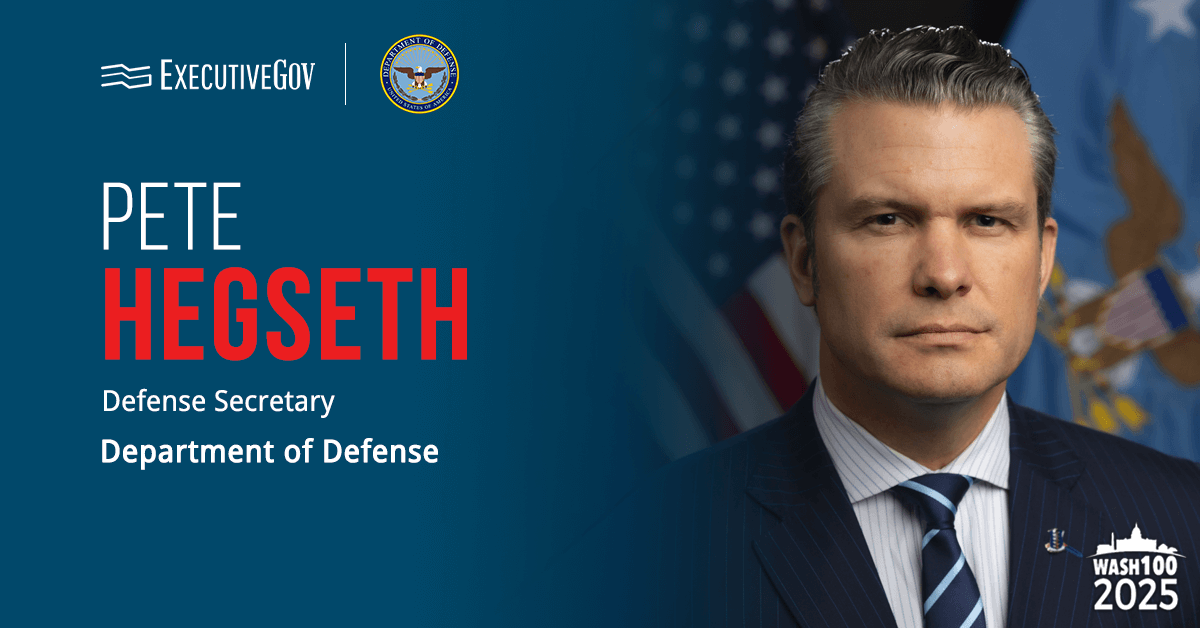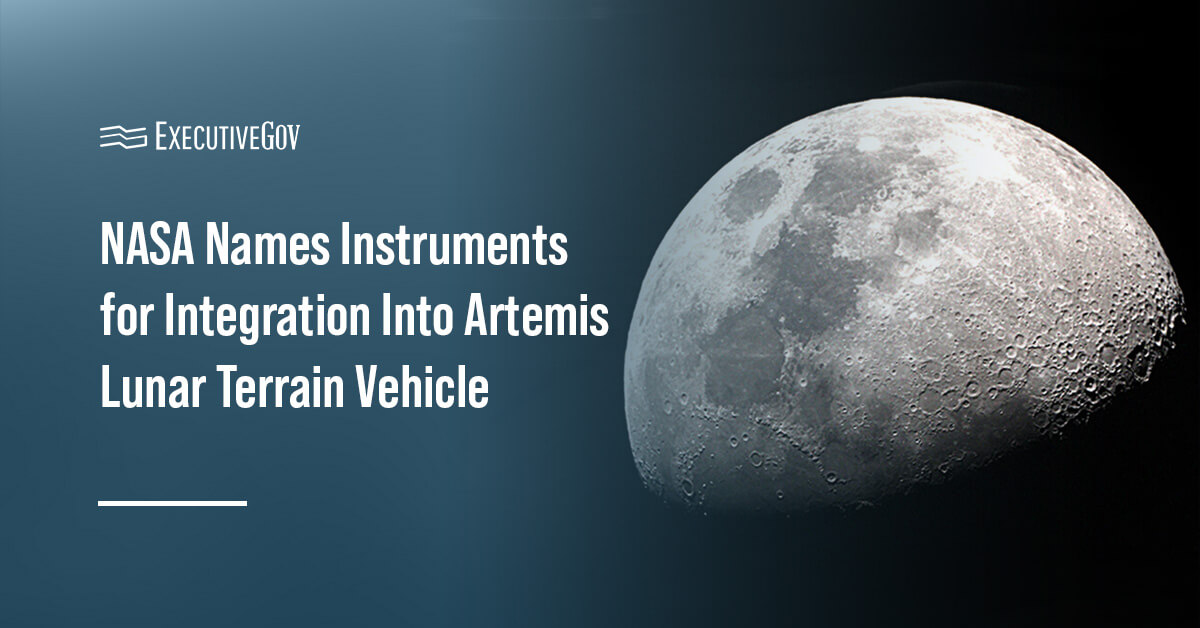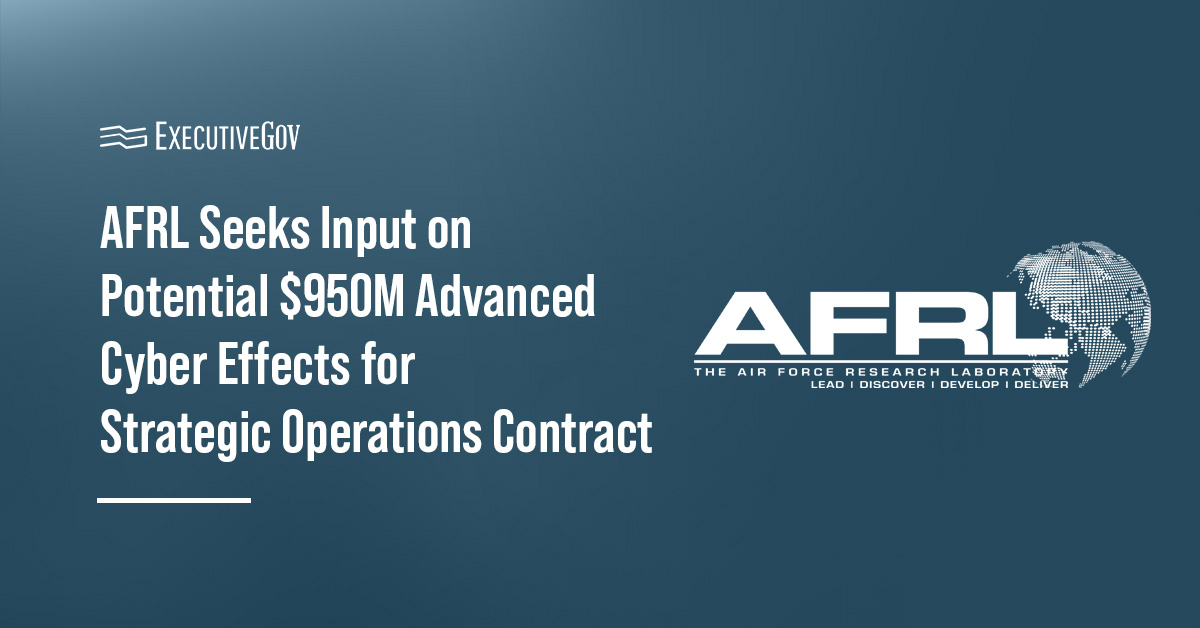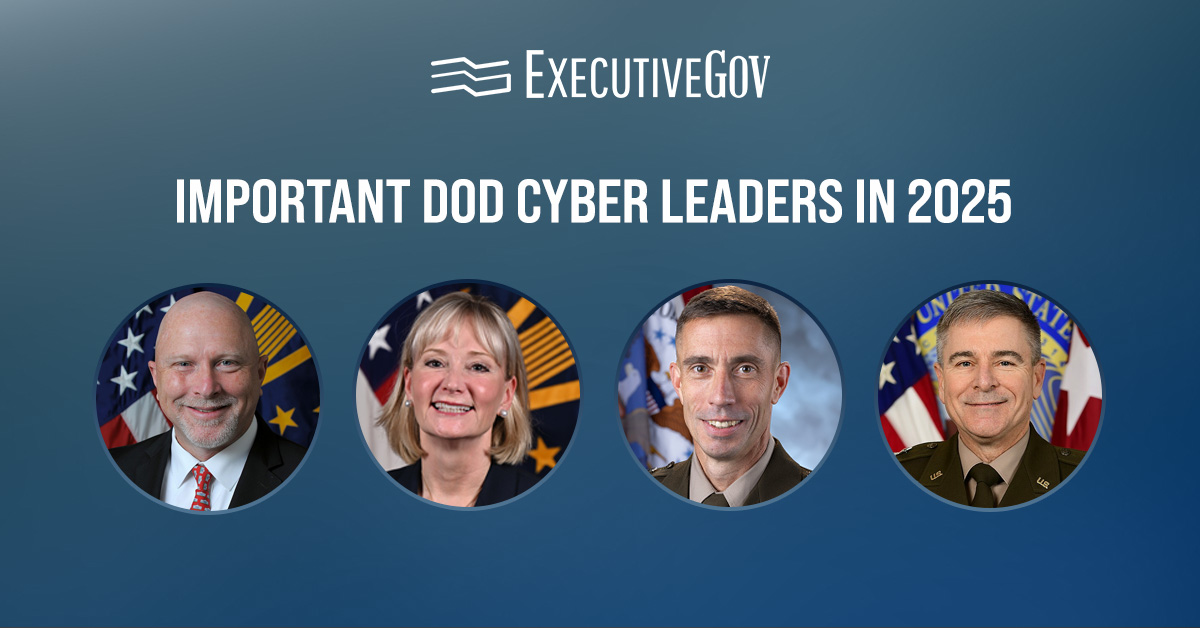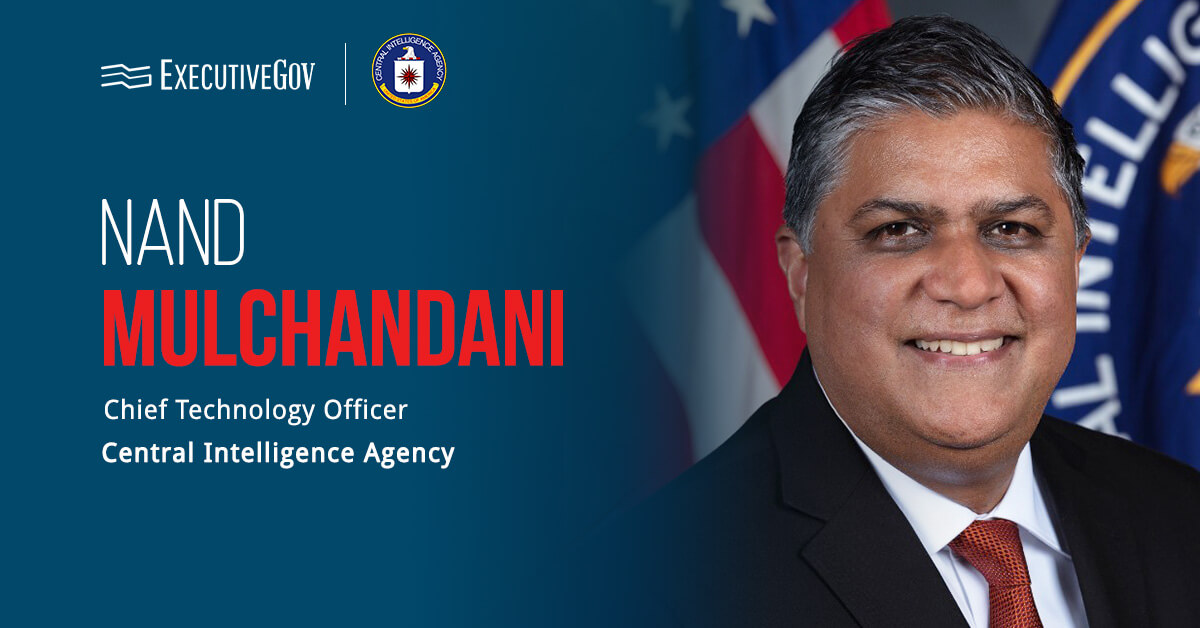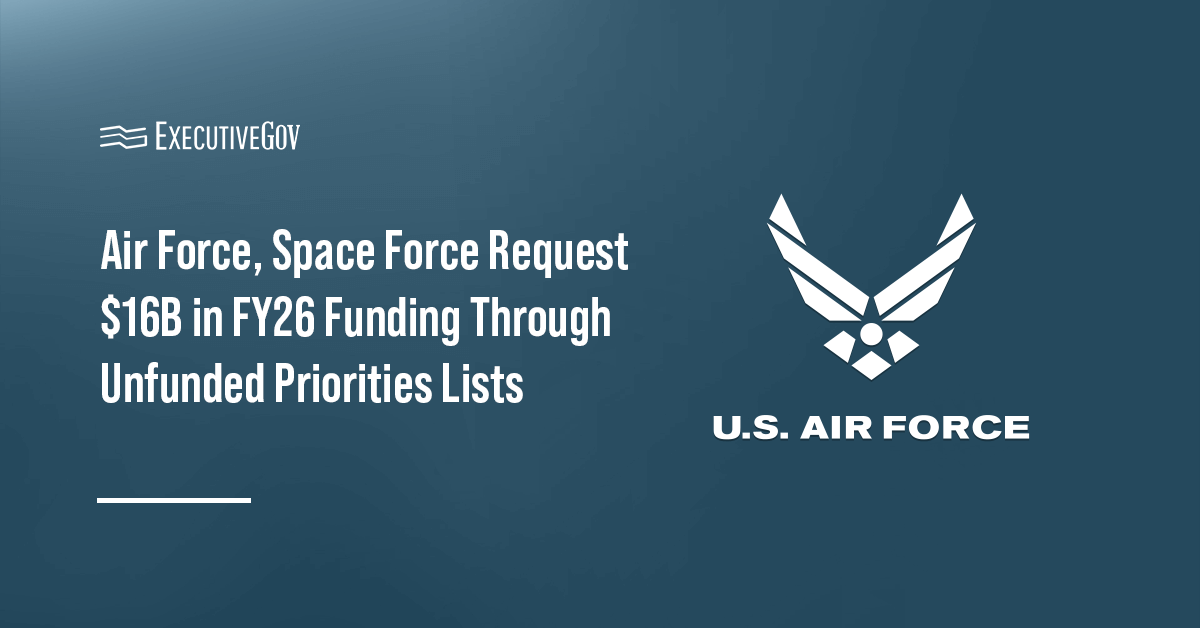Pete Hegseth, secretary of the Department of Defense and a 2025 Wash100 awardee, has released a memorandum outlining DOD’s approach to driving U.S. military drone dominance.
In early June, President Donald Trump signed and issued an executive order that seeks to strengthen U.S. leadership in the development and commercialization of unmanned aircraft systems.
Table of Contents
Defense Secretary Rescinds DOD Policies That Hindered Drone Production
In the July 10 memo, Hegseth wrote that DOD is “going above and beyond” the EO by overturning several policies that limited drone production and access.
“I am rescinding restrictive policies that hindered production and limited access to these vital technologies, unleashing the combined potential of American manufacturing and warfighter ingenuity. I am delegating authorities to procure and operate drones from the bureaucracy to our warfighters,” Hegseth noted.
Breaking Defense reported that the defense secretary is rescinding several Pentagon policies, including the 2022 “Exception to Policy Requirement for Blue Small Unmanned Aircraft Systems” memo that details conditions where a governmentwide commercial purchase card can be used to buy small drones and a 2021 memo that provides procedures for the operation and procurement of drones to implement the 2020 National Defense Authorization Act’s Section 848.
Pentagon’s Threefold Approach to Driving US Military Drone Leadership
According to Hegseth, DOD will approve hundreds of American products for procurement by the U.S. military to strengthen the U.S. drone manufacturing base.
“Leveraging private capital flows that support this industry, our overt preference is to Buy American,” he added.
The Pentagon will equip combat units with low-cost drones produced by American engineers and artificial intelligence experts to advance a “technological leapfrog.”
“Drone dominance is a process race as much as a technological race. Modern battlefield innovation demands a new procurement strategy that fuses manufacturers with our frontline troops,” Hegseth noted.
The DOD official highlighted the need for training and called on senior officers to address the “bureaucracy’s instinctive risk-aversion” to budgeting, training and weaponizing.
“Next year I expect to see this capability integrated into all relevant combat training, including force-on-force drone wars,” he added.
Hegseth noted that the department is now investigating the investment methods outlined in the EO to address the need for drones.


